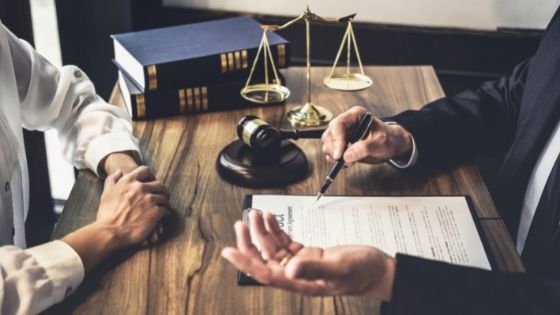If you ever find yourself in a situation where you’ve been injured in a slip and fall accident and are not sure whether you can prove fault for your injuries, this article will come in useful. To add to your woes, if the store owner’s insurance company is telling you that you were at fault for your injuries, they won’t compensate you. What is the next step that you can take? What things are you supposed to consider for proving fault for a slip and fall claim? Well, if you are not at fault, you can rightfully claim compensation for such accidents.
The following article will guide you through how you might be able to prove, especially if there were no witnesses or security footage or if the owner of the establishment where the accident took place seems unwilling to help.
Tips for Proving Fault in Slip and Fall Accidents
Establishing Proximate Cause
When trying to establish fault for your slip and fall accident, you need to establish that the hazard was the impetus for the accident.
The thing that tripped you up is what caused your injury. You want to find out what that cause was, then show how it related to the store owner or organization where the hazard took place.
Showing Ownership
An essential thing you want to know is that the entity you’re trying to prove fault against was, in fact, the owner. If they are not, then it’s a little more difficult for you to prove fault against them because there could be an obstacle between who owned the establishment and who caused the hazard.
Showing Control
To establish fault in a slip and fall case, you need to determine whether the establishment owner had control over the hazard that caused your slip and fall accident. It means that they can be held responsible for any injuries that result from it.
So, if it’s an icy walkway, it needs to be under the owner’s control. If it’s a broken step on an otherwise safe staircase, this could signal that you need to put more time into your claim because there is not sufficient evidence of control or ownership.
Showing Knowledge
One thing that can help you prove the fault is finding out whether the establishment’s owner knew about the hazard.
If they did not know, then it’s also a little bit harder to prove fault because there’s no way you could have known about the hazard either.
Showing Injuries
You must gather evidence linking the injury you sustained back to the hazard you were tripped up by. If there was no security footage of the accident, this is something that might be harder for you to prove, but it’s still possible that the owner knew about the hazard and chose not to fix it. You can ask them if they knew about it or had an opportunity to fix it (which is enough to prove that they knew about it).
Contact an Expert Lawyer for Assistance
After gathering all the evidence, you need to prove fault. It’s time to contact a personal injury lawyer who is a member of the Australian Bar Association.
If you’re unclear about how to proceed forward with your claim, they will be able to provide you with professional advice and guidance so that you can get through this difficult time. If you are trying to prove fault in a slip and fall accident, these are the five main things you need to do.
Be sure to document your injuries, establish control, show knowledge of the hazard by the owner, and ask them if they had an opportunity to fix it. Doing so will help you prove fault for your accident.

















